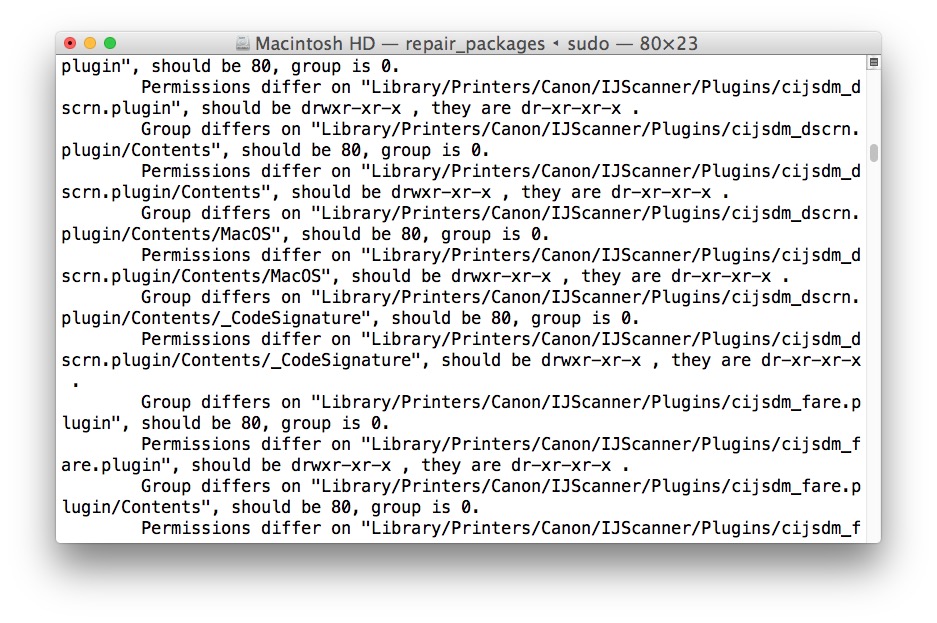
The maximum number of files the program can have opened at the same time. Values in grey represent the current default values of the launchd instance. The following example sets the soft limit to 512kiB, the hard limit to 1MiB. Trying to create a larger file will result in signal SIGXFSZ being sent. The program won't be able to create files larger than this. If it runs for longer than this, it receives signal SIGXCPU. The maximum amount of CPU time in seconds the process can use. The biggest value you can specify is the maximum value of a 64-bit signed integer: 9223372036854775807 CPU Other users may only alter soft limits within the range from 0 to the corresponding hard limit or (irreversibly) lower the hard limit. Only the super-user may raise the hard limits. When a soft limit is exceeded a process may receive a signal (for example, if the cpu time or file size is exceeded), but it will be allowed to continue execution until it reaches the hard limit (or modifies its resource limit). Sometimes it is desirable to constrain a program to prevent resource starvation or enhance system performance.Ī resource limit is specified as a soft limit and a hard limit. RunAtLoad This is one of several optional keys specifying when the job should be run, in this case right after it has been loaded.Ĭonstraining your job: SoftResourceLimit HardResourceLimit.Program This key defines what to start, in this case a shell script /Users/Me/Scripts/cleanup.sh.Theoretically it is possible for an agent to have the same label as a daemon, as daemons are loaded by the root launchd whereas agents are loaded by a user launchd, but it is not recommended. It identifies the job and has to be unique for the launchd instance. Label This key is required for every job definition.The following example shows a complete job definition with only three keys:

The ~ character stands for the users home directory.

Root or the user specified with the key UserName Job definitions for a specific user are stored below the respective user's Library directory. Third-Party definitions which are relevant for every user are stored below /Library. You should never need to create a daemon or agent in these directories. Job definitions crucial for the operation of the operating system are stored below /System/Library. Depending on where it is stored it will be treated as a daemon or an agent. The behavior of a daemon/agent is specified in a special XML file called a property list.


 0 kommentar(er)
0 kommentar(er)
